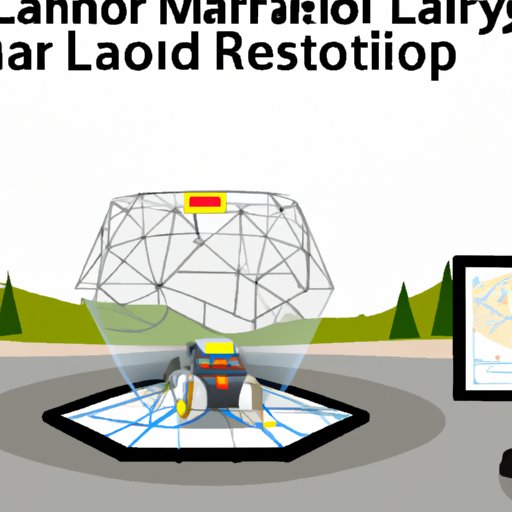Introduction
Lidar (Light Detection and Ranging) technology is a form of remote sensing that uses light in the form of pulsed laser to measure distances. It has become increasingly popular in recent years due to its ability to create detailed 3D maps of environments as well as its potential applications in autonomous vehicle systems, robotics, and augmented reality. In this article, we will explore what lidar technology is, how it works, its potential applications, benefits and challenges, and the advances being made in the field.
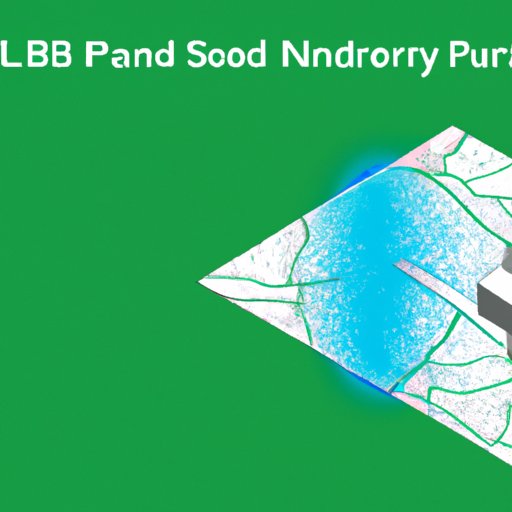
Overview of Lidar Technology: What It Is and How It Works
Lidar is an active remote sensing technique that utilises pulsed laser light to measure distances. The light emitted from the laser is reflected off objects in the environment, and the time taken for the light to travel between the source and the object is used to calculate the distance. This data is then used to create highly accurate 3D maps of the environment which can be used for a variety of purposes.
The most common type of lidar system is based on the “time-of-flight” principle. In this system, a laser pulse is emitted from the source and the amount of time taken for the light to return to the source is measured using a detector. The time taken for the light to travel from the source to the object and back is then used to calculate the distance to the object. Other types of lidar systems include frequency modulated continuous wave systems, which emit a continuous stream of laser light and measure the Doppler shift in the returning light, and direct detection systems, which measure the intensity of the returning light.
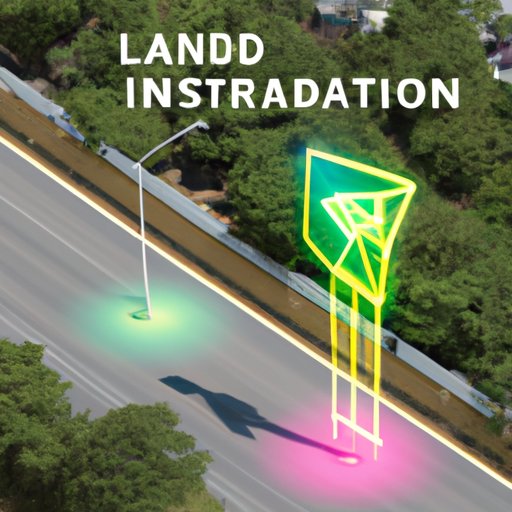
Exploring Applications of Lidar Technology for Businesses
Lidar technology has a wide range of potential applications in businesses, ranging from environmental monitoring to autonomous vehicle navigation. One area where lidar has become increasingly popular is in autonomous vehicle systems, with companies such as Tesla and Waymo deploying the technology in their self-driving cars. Lidar can also be used for mapping and surveying purposes, as it can generate highly accurate 3D maps of environments. This can be used for a variety of applications including urban planning, construction, and disaster relief.
Lidar technology is also being used in robotics, with robots equipped with lidar sensors able to navigate complex environments without human intervention. Finally, lidar is also being used in augmented reality applications, with the technology able to provide more accurate tracking of physical objects in virtual environments.
Benefits of Lidar Technology in Autonomous Vehicle Systems
One of the key benefits of lidar technology in autonomous vehicle systems is improved safety. According to a study by the University of Michigan Transportation Research Institute, vehicles equipped with lidar sensors are significantly safer than those without, as they are able to detect potential hazards earlier and react faster than human drivers.
Lidar technology can also be used to create more accurate maps of the environment, which can be used to improve navigation accuracy and reduce the risk of collisions. Additionally, lidar can be used to create digital replicas of roads and other environments, allowing autonomous vehicles to navigate more efficiently.
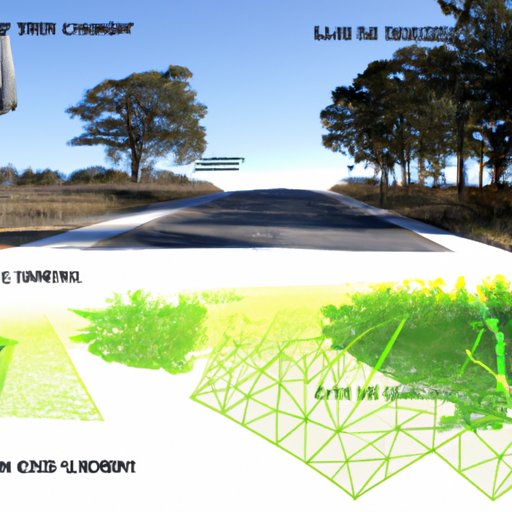
Challenges and Limitations of Lidar Technology
Despite the many advantages of lidar technology, there are still some challenges and limitations that need to be addressed. One of the main challenges is cost, as lidar systems are expensive and require significant investment. Additionally, lidar systems are sensitive to weather conditions, such as rain and fog, which can interfere with the accuracy of the system.
Another limitation of lidar technology is its range, as the system can only detect objects within a certain distance. Finally, lidar systems are sensitive to vibrations, which can interfere with the accuracy of the system.
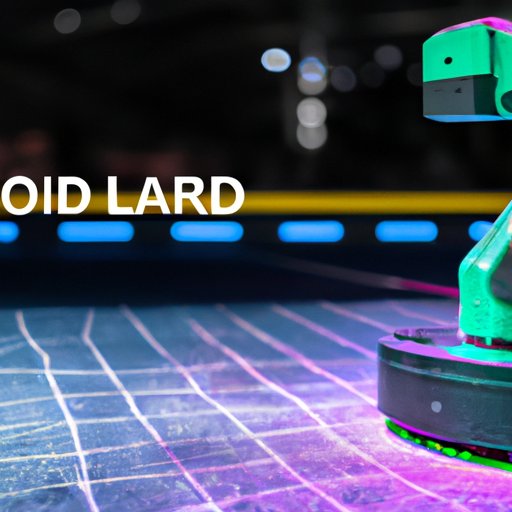
Advances in Lidar Technology and Its Impact on Robotics
In recent years, there have been significant advances in lidar technology, which are having a major impact on robotics. One of the key advances has been increased resolution, with lidar sensors now capable of generating higher resolution images and maps of environments. This is enabling robots to navigate more complex environments with greater accuracy.
Lidar technology has also enabled robots to become more mobile. By using lidar, robots can now map their environment and plan their route in real time, allowing them to move more quickly and efficiently. Additionally, lidar sensors are becoming more accurate, enabling robots to detect and respond to changes in their environment with greater precision.
Comparing Different Types of Lidar Technologies
There are several different types of lidar technologies available, each with their own advantages and disadvantages. Time-of-flight lidar is the most common type, and is suitable for a wide range of applications. Frequency modulated continuous wave (FMCW) lidar is more accurate and capable of measuring the velocity of objects, making it ideal for automotive applications. Finally, direct detection lidar is the most accurate type, but is limited by its short range.
Exploring the Future of Lidar Technology
Lidar technology is set to become even more important in the future, with its potential applications in autonomous vehicles, advanced robotics, and augmented reality. Autonomous vehicles are expected to become increasingly reliant on lidar, with the technology able to provide greater accuracy and reliability. Advanced robotics are also likely to benefit from lidar, as the technology can enable robots to better understand their environment and move more efficiently.
Finally, lidar is expected to play an important role in augmented reality applications, with the technology able to provide more accurate tracking of physical objects in virtual environments. As such, lidar is set to become an essential part of the future of technology.
Conclusion
Lidar technology is becoming increasingly popular in a variety of industries, ranging from autonomous vehicles to robotics and augmented reality. The technology has a number of benefits, including improved safety, more accurate mapping, and increased efficiency. However, there are still some challenges and limitations that need to be addressed, such as cost and range. Nevertheless, advances in the field of lidar technology are making it increasingly useful in a variety of applications, and it is set to become an essential part of the future of technology.
(Note: Is this article not meeting your expectations? Do you have knowledge or insights to share? Unlock new opportunities and expand your reach by joining our authors team. Click Registration to join us and share your expertise with our readers.)
